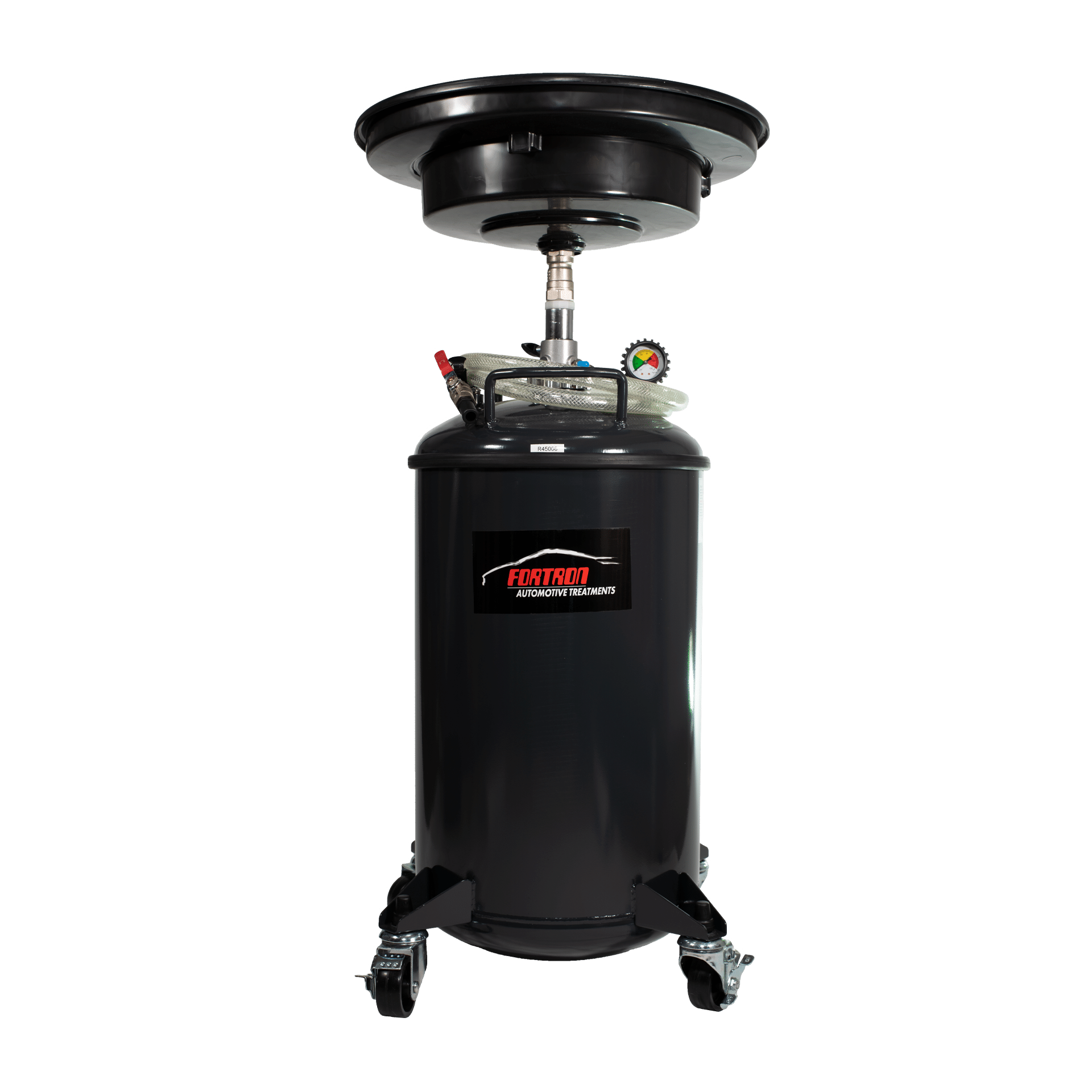In today's rapidly evolving world, the role of a drainer has become increasingly vital in maintaining the functionality and sustainability of urban environments. As cities expand and populations grow, the importance of effective drainage systems cannot be overstated. Drainers are the unsung heroes who ensure that water management systems operate seamlessly, preventing disasters like floods and contamination.
The term "drainer" might not be as familiar as other professions, but their work impacts every aspect of daily life. From managing stormwater runoff to ensuring sewage systems function properly, drainers play an indispensable role in urban infrastructure. This article aims to shed light on their responsibilities, challenges, and the expertise required to excel in this field.
As we delve deeper into the world of drainers, we will explore their day-to-day tasks, the qualifications needed to become one, and the importance of their work in the context of environmental sustainability. By understanding their role, we can appreciate the intricate systems that keep our cities running smoothly.
Read also:Has Stephanie Ruhle Had A Stroke Exploring The Facts And Debunking The Rumors
Table of Contents
- What is a Drainer?
- Biography of a Drainer
- Key Responsibilities of Drainers
- Qualifications Needed to Become a Drainer
- Tools and Techniques Used by Drainers
- Common Challenges Faced by Drainers
- The Environmental Impact of Effective Drainage
- The Future of Drainage Systems
- Statistics on Drainage Systems
- Conclusion
What is a Drainer?
A drainer is a professional responsible for maintaining and managing drainage systems in urban and rural areas. Their primary role is to ensure that water flows efficiently through pipes, channels, and other infrastructure, preventing flooding and water contamination. The work of a drainer is critical in safeguarding public health and preserving the environment.
In addition to routine maintenance, drainers are often called upon to address emergencies such as blocked pipes or sewer overflows. Their expertise in diagnosing and resolving these issues ensures that communities remain safe and functional. The role of a drainer is not only about fixing problems but also about preventing them through proactive maintenance and planning.
Biography of a Drainer
Personal and Professional Background
To better understand the life of a drainer, let's take a closer look at the journey of a typical professional in this field. Below is a brief biography of a drainer, highlighting their education, career path, and achievements:
| Category | Details |
|---|---|
| Name | John Smith |
| Age | 42 |
| Education | Bachelor's Degree in Civil Engineering |
| Experience | 15 years in drainage maintenance and management |
| Certifications | Water Management Specialist, Certified Drainage Technician |
Key Responsibilities of Drainers
The responsibilities of a drainer are diverse and require a combination of technical skills and problem-solving abilities. Below are some of the key tasks they perform on a daily basis:
- Inspecting drainage systems for blockages and leaks
- Maintaining sewage treatment plants and pumping stations
- Designing and implementing drainage solutions for new developments
- Collaborating with engineers and urban planners to improve infrastructure
- Responding to emergency calls during heavy rainfall or flooding
Each of these tasks requires a high level of expertise and attention to detail, ensuring that drainage systems function optimally.
Qualifications Needed to Become a Drainer
Education and Training
Becoming a drainer typically involves a combination of formal education and hands-on training. While a degree in civil engineering is not always mandatory, it provides a solid foundation for understanding the principles of water management and infrastructure design. Additionally, many drainers pursue certifications in specialized areas such as wastewater treatment and flood prevention.
Read also:5movierulz 2023 Download Kannada Movies With Ease And Convenience
Training programs offered by government agencies and private organizations are also valuable resources for aspiring drainers. These programs cover topics such as pipe maintenance, safety protocols, and environmental regulations, ensuring that professionals are well-prepared for the challenges they will face.
Tools and Techniques Used by Drainers
Drainers rely on a variety of tools and techniques to perform their duties effectively. Modern technology has significantly enhanced their capabilities, allowing them to diagnose and resolve issues more efficiently. Some of the tools commonly used by drainers include:
- Drain cameras for inspecting pipes and identifying blockages
- Hydro-jetting equipment for clearing stubborn blockages
- Computerized modeling software for designing drainage systems
- Portable water testing kits for assessing water quality
By leveraging these tools, drainers can ensure that drainage systems remain in optimal condition, reducing the risk of failures and emergencies.
Common Challenges Faced by Drainers
Environmental and Social Factors
Despite their expertise, drainers often encounter challenges that make their work more complex. Some of the most common challenges include:
- Dealing with aging infrastructure in older cities
- Managing increased rainfall due to climate change
- Addressing public concerns about odors and noise during maintenance
- Complying with ever-changing environmental regulations
Overcoming these challenges requires a combination of innovation, collaboration, and adaptability. By staying informed about the latest developments in their field, drainers can continue to provide effective solutions to complex problems.
The Environmental Impact of Effective Drainage
Effective drainage systems play a crucial role in protecting the environment. By preventing water contamination and reducing the risk of flooding, drainers contribute to the overall health of ecosystems. Additionally, well-maintained drainage systems can help conserve water resources, ensuring their availability for future generations.
Studies have shown that communities with robust drainage systems experience fewer health issues related to waterborne diseases. This highlights the importance of investing in infrastructure that supports both human and environmental well-being. Drainers are at the forefront of this effort, ensuring that water management practices align with sustainability goals.
The Future of Drainage Systems
Innovations and Trends
The future of drainage systems is shaped by advancements in technology and a growing awareness of environmental issues. Innovations such as smart drainage systems, which use sensors and data analytics to monitor water flow, are becoming increasingly popular. These systems can predict potential problems and alert maintenance teams before issues escalate.
Additionally, there is a growing emphasis on green infrastructure, which incorporates natural elements like rain gardens and permeable pavements into urban planning. This approach not only improves drainage but also enhances the aesthetic appeal of cities while promoting biodiversity.
Statistics on Drainage Systems
Data and statistics provide valuable insights into the importance of drainage systems and the challenges faced by drainers. According to the World Health Organization (WHO), approximately 80% of wastewater worldwide is discharged into rivers or seas without adequate treatment. This highlights the urgent need for improved drainage infrastructure and management practices.
In the United States alone, it is estimated that aging water infrastructure requires over $1 trillion in investments over the next two decades to ensure its continued functionality. These figures underscore the critical role that drainers play in maintaining and upgrading these systems to meet future demands.
Conclusion
In conclusion, the role of a drainer is essential in maintaining the health and functionality of urban environments. From managing stormwater runoff to ensuring sewage systems operate efficiently, drainers are the backbone of modern infrastructure. Their expertise, dedication, and innovation are key to addressing the challenges posed by population growth and climate change.
We invite you to share your thoughts and experiences related to drainage systems in the comments section below. Additionally, feel free to explore other articles on our site for more insights into environmental sustainability and infrastructure development. Together, we can create a future where water management is both effective and sustainable.

